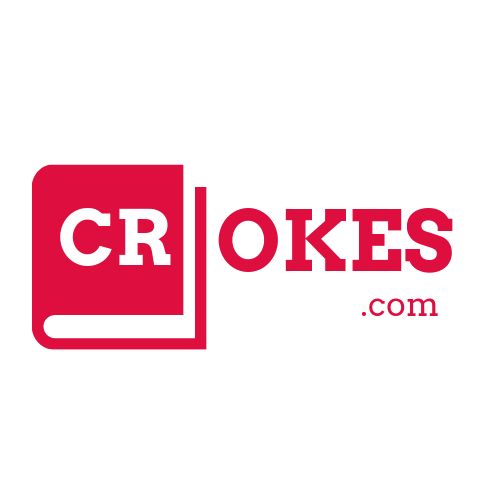Base
Nicolas12 Sousa
Learn More Today:
Revenue and Reimbursement is the process online class help services of collecting, recording and reimbursing patients for healthcare services. It involves a number of steps and opportunities for errors to occur, which can cause delays in reimbursement from insurers or even halt payments altogether. Keeping your revenue cycle healthy is essential for success in the healthcare industry. New government regulations, a cost shift to patients and increased auditing by insurance agencies combine to create an environment where maintaining revenue integrity is more important than ever.
Patient records are a central source of information about a patient’s medical history. They also contain information about a patient’s interactions with other health care professionals and the results of various tests, treatments, or procedures. These documents include identification sheets, problem lists, medication records, progress notes, and more. They also nurs fpx 4040 assessment 2 may contain information about the patient’s family and any hereditary diseases that may be passed down.
Patients can request access to their records under certain circumstances. They can do this if the record contains information about them that is private, confidential, or if the information would be harmful to them. Patient records are the basis for planning patient care, communication, legal documentation, billing and reimbursement, and research and quality management. They can be created by physicians, nurses, and other health care professionals. They may be paper-based or electronic. They are used in hospitals, clinics, and physician offices. They vary in quality and can be fragmented.
A claim is a statement of fact that can be used to determine revenue and reimbursement. Claims can be made with a range nurs fpx 4030 assessment 2 of data types, including strings, dictionaries, lists, simple booleans or anything else. For example, claims can contain information about the patient, their condition and treatments. These can be useful to help a physician or a payer identify the best approach for a treatment plan. Another way to determine revenue is to calculate a practice’s adjusted collection rate. This is the percentage of payment variance on a given time frame, and it can reveal a variety of problems. To get a better understanding of the net adjusted collection rate, use a practice management system to collect data on the number of claims filed, rejected, “errored” and denied. Then, identify the processes that need to be improved in order to decrease denials. These can include coding audits, eligibility checking and demographic edits. Monitor the ratio monthly and celebrate improvements.
Denied claims are a significant revenue and reimbursement drain for healthcare providers, especially when a denial is unresolved and re-submitted. However, a majority of denials are avoidable. A comprehensive denials management strategy requires an organization to integrate technology, education, and advisory support in a seamless nurs fpx 4040 assessment 4 solution that is tailored to the individual provider’s resources and workflows. It also must provide the necessary visibility and reporting for the broader team to ensure sustainable process improvement. The first step in developing a denials prevention program is to identify the root causes of denials and how they impact the overall revenue cycle. This requires a comprehensive audit of processes and workflows, as well as regular communication with front-line teams to help them understand how they can improve their own performance.
A robust denials management strategy can decrease the number of denials, boost reimbursements, and free up a hospital or health system’s budget for more productive revenue cycle activities. But it can only be effective if it is tailored to the provider’s needs and provides a strong return on investment. Payments are a voluntary tender of money or its equivalent by one party to another in exchange for goods or services provided or legal obligations met. A payment can be a cash transaction, such as the sale of a product, or an electronic transfer of funds using ACH, credit and debit cards, digital wallets, and mobile pay.
Payment procedures have evolved from cash-based, manual processes to bank account based instruments and electronic payments. Initiation, transportation and bookings of payments can now be performed immediately in an automated manner. In the value-based care environment, payers expect healthcare providers to shift their focus from MHA FPX 5006 Assessment 2 Attempt 2 Revenue and Reimbursement simply collecting reimbursement to measuring quality metrics and patient-reported outcomes to drive additional payments or reduce financial penalties. The challenge, however, is overcoming the costs associated with implementing new technologies to support such a model while also generating profit for providers.
xyz
